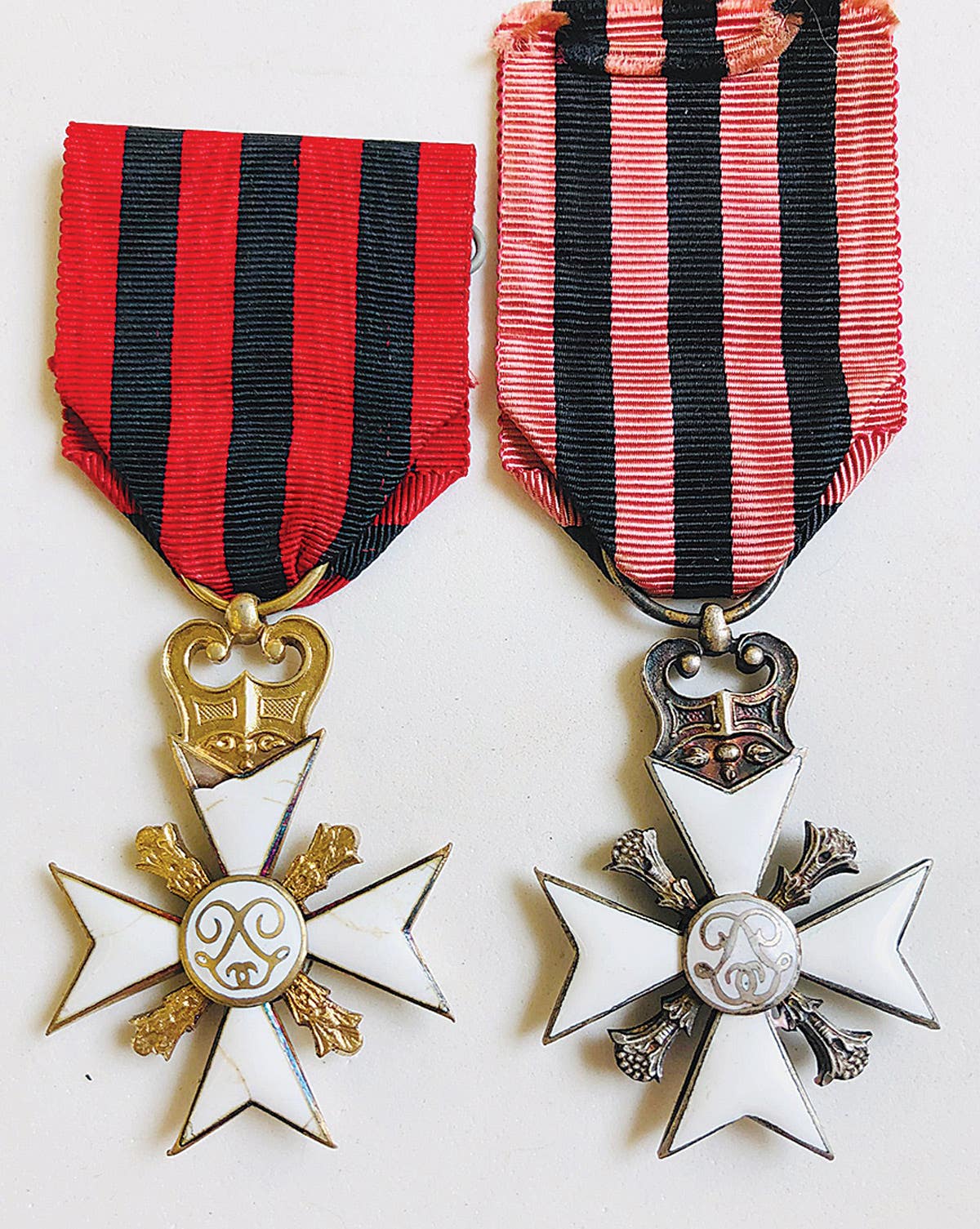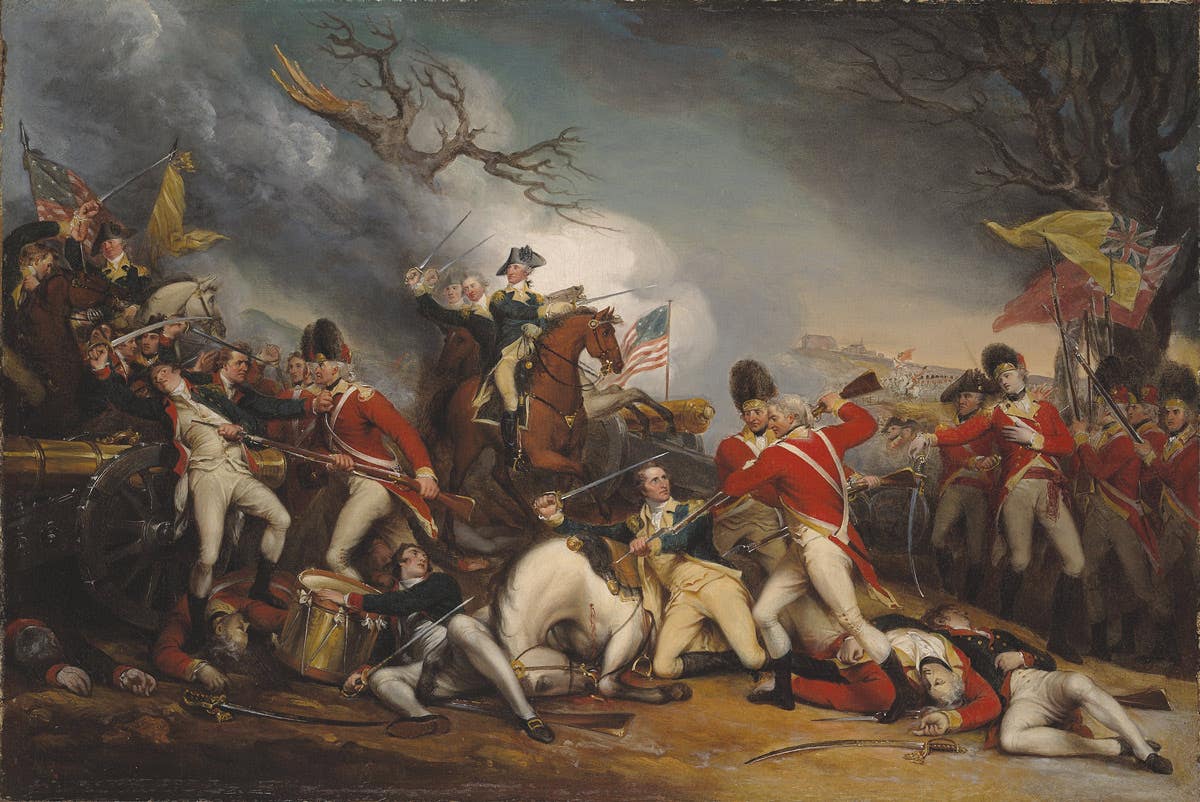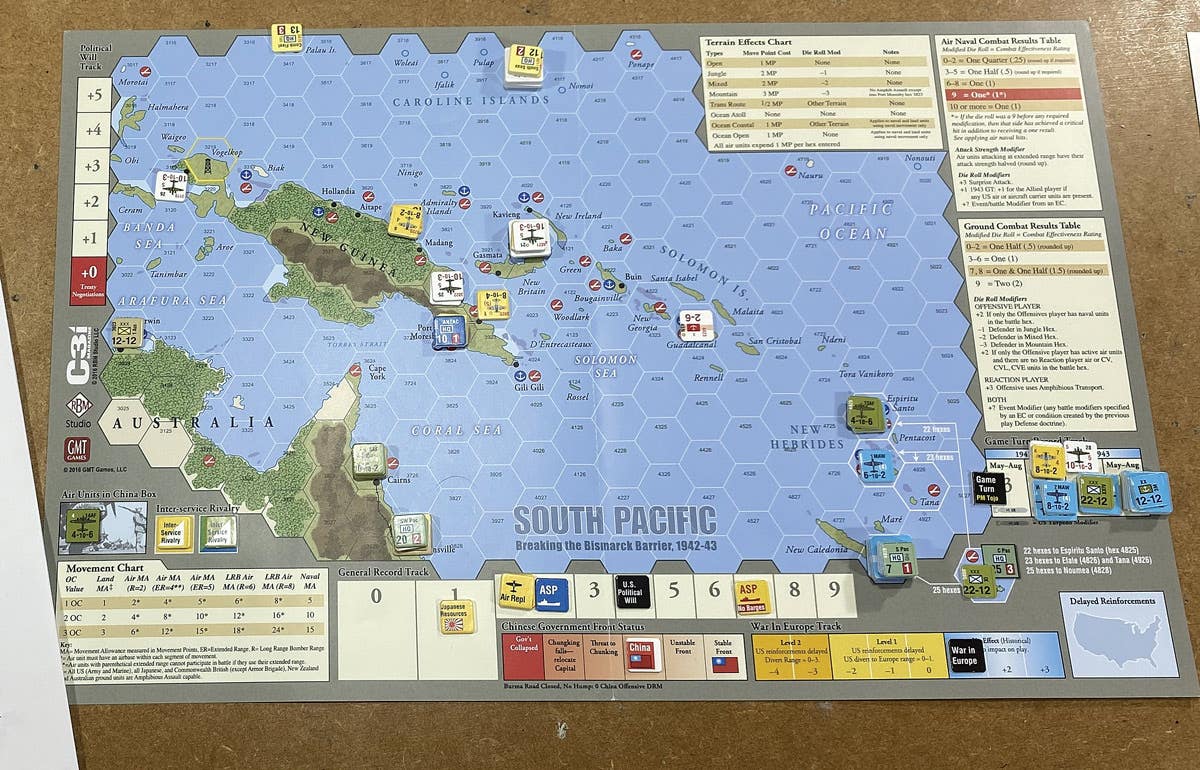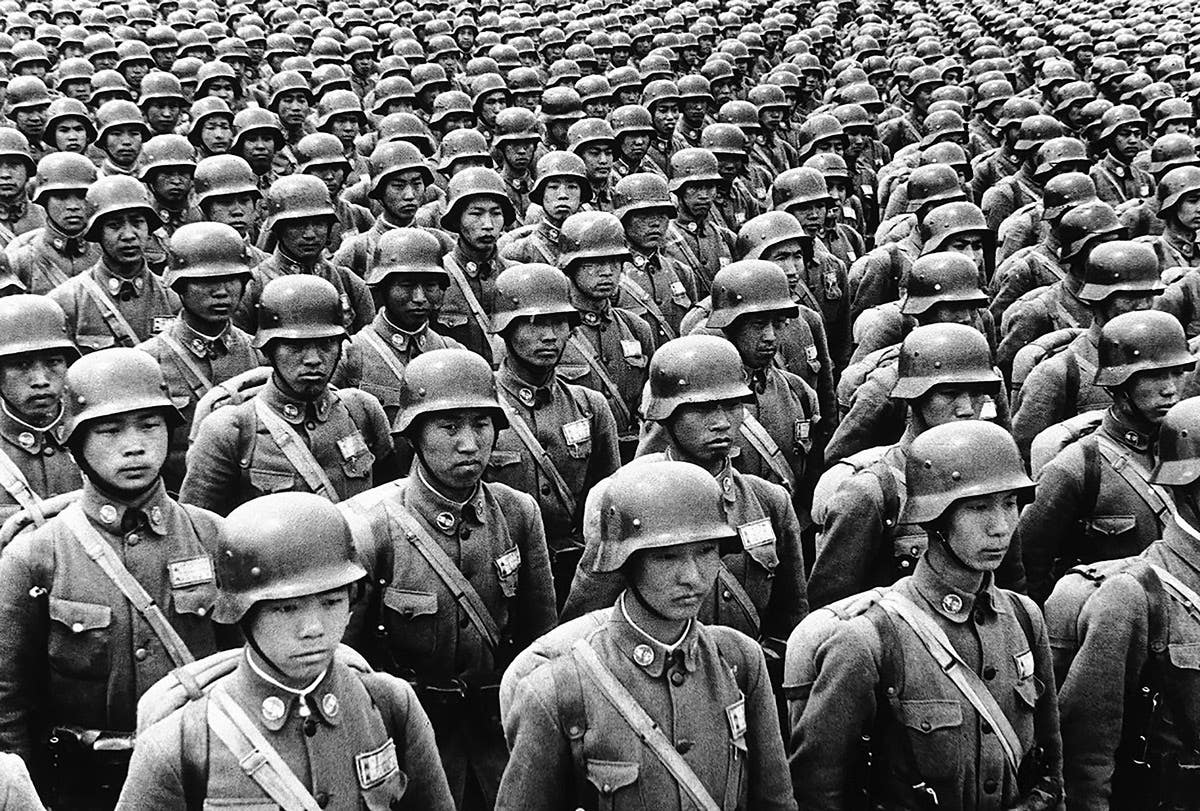German Dress Bayonets
Made for “walking out” rather than fighting by Chris William Beginning in the mid 17th century, the French socket baionette made their debut as lethal extensions of military rifles on…
Made for “walking out” rather than fighting
by Chris William
Beginning in the mid 17th century, the French socket baionette made their debut as lethal extensions of military rifles on the fields of battle. Other European countries soon followed this practice of arming their infantrymen with the spiked weapons, making their single shot rifles into makeshift pikes. Included in the list of continental armies adopting bayonets were those of the royal kingdoms, duchies, and principalities which would later combine together to form the Empire of Germany. Under the Prussian unification of these diverse realms in 1871, new military weaponry — including bayonets — soon evolved, becoming standardized among the various German army units.
However, the military’s adoption of bolt action repeating rifles in just a few decades meant the bayonet became less important as a fighting weapon. Bayonet combat usually took place only if both combatants had the unlikely event of running out of ammunition at the same time, making blades the last ditch weapons.
Even so, hand-to-hand combat was still fought in the trenches of the “War to End all Wars” and the fields and streets of the Second World War. Besides their combat applications, bayonets could also be used for many other field and encampment activities, such as those where a large knife or sharp point were of good use.
In Germany, army officers typically wore swords as a sign of their rank while conducting formal activities in the public view. Beginning in the last part of the 19th century, some German NCOs and enlisted soldiers, when dressed for “walking out” (leaving the barracks for non-duty activities such as going on leave) or while wearing formal parade uniforms, began to sport brass or wood handled “dress” bayonets, decorated with colored tassels designating their individual units. These weapons afforded a limited amount of protection (needed if the soldier was stationed in unfriendly surroundings) but were mostly worn for their decorative and status values.
Earlier styles of dress blades copied the general design of combat weapons in use at the time, such as the models M1871 or M1898 rifle bayonets. After gaining some momentum in the Weimar Republic following WWI, the wearing of dress bayonets saw explosive growth among soldiers during the period between 1933 to 1945, when Hitler’s ultra militaristic Third Reich regime came into power.
THE ANATOMY OF DRESS BAYONETS
Dress bayonets could be privately purchased in many configurations depending onthe size of the purchaser’s pocketbook. Handles were made of wood, simulated wood, stag horn, imitation stag horn, or other composite materials. Bayonet frames, cross guards, the 2 or 3 grip attaching rivets (or screws) and pommel caps were generally plated with heavy coatings of nickel.
Pommels often took the shape of an eagle’s head, with a number of styles containing a push button release to give the false impression that the bayonet could be mounted on a rifle. Some bayonet pommels also contained a guide (a slender T-shaped grove) milled out which often held a piece of colored felt as an additional ornament.
Blades varied from about 8 inches to 10 inches in length, with or without a blood grooves or clip points forged into their lengths. Early blades tended to be highly polished steel while later ones were nickel-plated to produce a bright and durable finish.
Engraved or acid etched blades were optional embellishments available to the purchaser. These could consist of mottoes or phrases such as “Fur Erinnerung an Meine Dienstzeit” (In memory of my service time). Others could contain sayings, crests, or images representing the owner’s military group, patriotic themes, or a specific dedication spelled out to honor a fellow soldier, relative, or friend.
On the ricasso (flat area at the top of the blade below the cross guard) was often stamped the name, initials or logo of one of the more than 100 edged weapon manufacturers, such as Carl Eickorn (a sitting squirrel), Robert Klaas (two kissing cranes) or Weyersberg, Kirschbaum (a knight’s head). These companies flourished during the Third Reich, filling the market with thousands of edged weapons to meet the ever-growing demands. Some of the numerous makers settled together in industrial districts of cities such as Solingen, known as the “blade capital” of Germany.
During the Third Reich period, certain dress bayonets were designed for and used only by specific military or paramilitary groups. The majority of dress bayonets featured a one sided cross guard ending in a rounded tear drop shaped tip that bent in towards the finger grip side of the handle. However, the bayonets used by members of the German fire police had S-shaped cross guards extending out equally on either side of the blade ricasso. This was the only Third Reich edged weapon that featured an S-shaped cross guard. Members of the German army pioneers (engineers) could wear a dress bayonet with a short, oval-shaped cross guard similar to that of the standard issue K-98 combat rifle bayonet.
At first, scabbards for dress bayonets had been constructed of heavy tooled leather with brass or steel throats, frog studs, and ball-tipped finials. These were later changed to total steel construction covered with even coats of glossy black lacquer. Bayonet scabbards were suspended from either black or brown leather frogs (leather loops) by which they could be attached to the owner’s belt.
To signify what group a soldier belonged to, portepee straps were often wrapped around the narrowed frog surface behind the bayonet handle. These hung down the side of the scabbard and ended with a colored “acorn” (ball).
The most elaborate standard bayonets were those carried by the German police officers. Beginning in the Weimar period after World War One, police bayonets sported striking, chiseled bird head pommels with, or without, catch studs and guides. Finely fitted stag handle grips were mounted on nickel plated frames with “clamshell” and oak leaf ornamented cross guards. The long plated blades were housed in black (for urban police) or brown (for police constables) leather scabbards with nickel plated throats and finials. With the coming of the Third Reich, a silver eagle perched on a swastika surrounded by an oval wreath of oak leaves replaced the Weimar “starburst” insignia attached to the obverse stag handle grip. At the same time, clamshell cross guard attachments were eliminated for a cleaner overall appearance. Portepees of silver wire and black and red fabric were attached to the black or brown frogs of police bayonets as added decorative elements.
Miniature dress bayonets were often made by blade manufacturers (and assembled in some “cottage” industries) to be distributed as novelty letter openers. These were given as gifts to military officers and businessmen by manufacturers’ salespeople or shop owners, sold as souvenirs to military personnel, or exported to countries outside of Germany as a way to stimulate economic trade in the industry. Some miniature bayonets were quite crude in their materials and construction, while others were very well made, exhibiting both as good a quality as that crafted in the full sized models. Miniatures could be engraved with dedications or designs, and labeled with the manufacturer, wholesaler or company name of the presenter.
Toy dress bayonets were produced in quantity, but generally lacked any degree of quality in construction. These were produced quickly and cheaply to be purchased for young children as play things, bearing no resemblance to their larger and more dangerous counterparts.
With the end of World War Two and the Third Reich, dress bayonets were mostly relegated to parade use in the dramatically downsized army of Germany which existed under the watchful eyes of the occupying allied forces. By the turn of twentieth century, dress bayonets had been phased out as being outdated in the modern German military along with most of the other combat- related edged weapons that became relics of the past.
Chris William has been a long-time member of the collecting community, contributor to Military Trader, and author of the book, Third Reich Collectibles: Identification and Price Guide.
"I love to learn new facts about the world wars, and have had the good fortune to know many veterans and collectors over the years."
"Please keep their history alive to pass on to future generations".







